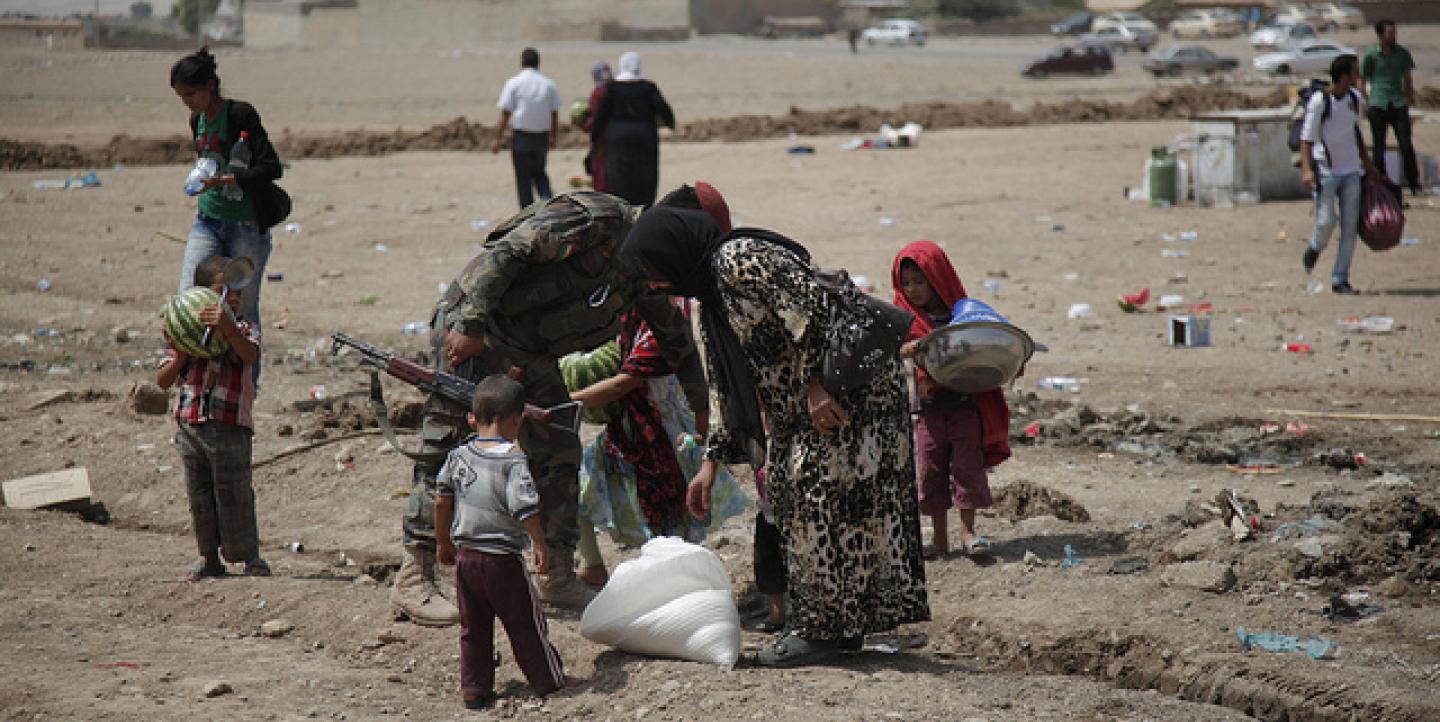The Syrian refugee crisis has been one of 2015’s biggest news stories — but the Middle East and Europe are far from the only places on earth dealing with mass migration.
To better consider the media’s role in bringing light to migration, the Ethical Journalism Network (EJN) has released “Moving Stories,” its latest report. Published to coincide with International Migrants Day, “Moving Stories” reviews media coverage of human migration in 14 countries worldwide.
Among its takeaways? The media has made a number of critical mistakes while covering refugees and migrants, including failing to alert the world to the impending Syrian refugee crisis in 2014; proliferating anti-migrant speech spouted by political leaders in the U.S. and Europe; failing to provide reliable, accurate data about the refugee crisis; and allowing itself to be driven by hyperbole and sensationalism.
Despite these downfalls, EJN Director Aidan White said there are examples of journalism that treat migrants with the empathy they deserve — and that these examples should be followed.
“Around the world, media coverage is often politically led, with journalists following an agenda dominated by loose language and talk of invasion and swarms,” White said in a press release. “But at other moments, the story is laced with humanity, empathy and a focus on the suffering of those involved.”
In light of this, the 100-page report’s authors made the following recommendations to journalists who cover migration:
Maintain an ethical context
Because migrants and refugees are often a vulnerable minority, it’s easy for them to turn into scapegoats for a society’s social and economic problems. To combat harmful stereotypes and help readers understand the complexities behind migration, the EJN report suggests applying and respecting the principles of accuracy, independence, impartiality, humanity and accountability when reporting on this topic.
Establish newsroom standards for covering migration
Additionally, news organizations should enact concise codes that outline best practices for reporting on migrants. An organization’s internal structures should be closely studied to ensure each story is told in the best way possible. Media associations and journalists’ unions are encouraged to do the same.
Engage with the audience — and with migrants themselves
Journalists should reach out to activists, refugee groups and NGOs to augment their coverage. These people and organizations can provide additional context and information. Journalists can also seek out crucial information about migration from their own audiences.
Challenge hate speech
Preventing the spread of hate speech in the media can be difficult when this speech comes from prominent political figures. At the same time, someone saying something outrageous about refugees or migrants isn’t newsworthy by default, which is an important distinction for journalists to remember. The EJN report includes a five-point text for hate speech to help newsrooms better understand when to avoid proliferating damaging rhetoric.
Demand access to information
Lastly, the EJN guide states that journalists and news organizations should work to guarantee their access to information surrounding migrants — as it’s impossible to report on migration without reliable facts. Media outlets and journalists’ unions should regularly meet with police and state authorities and agencies to ensure journalists’ safety and access to information.
“The refugee crisis is not going to go away,” White said. “There has never been a greater need for useful and reliable intelligence on the complexities of migration. But if that is to happen, as this report shows, we must strengthen the craft of journalism.”
Image CC-licensed by Flickr via IHH Humanitarian Relief Foundation.

